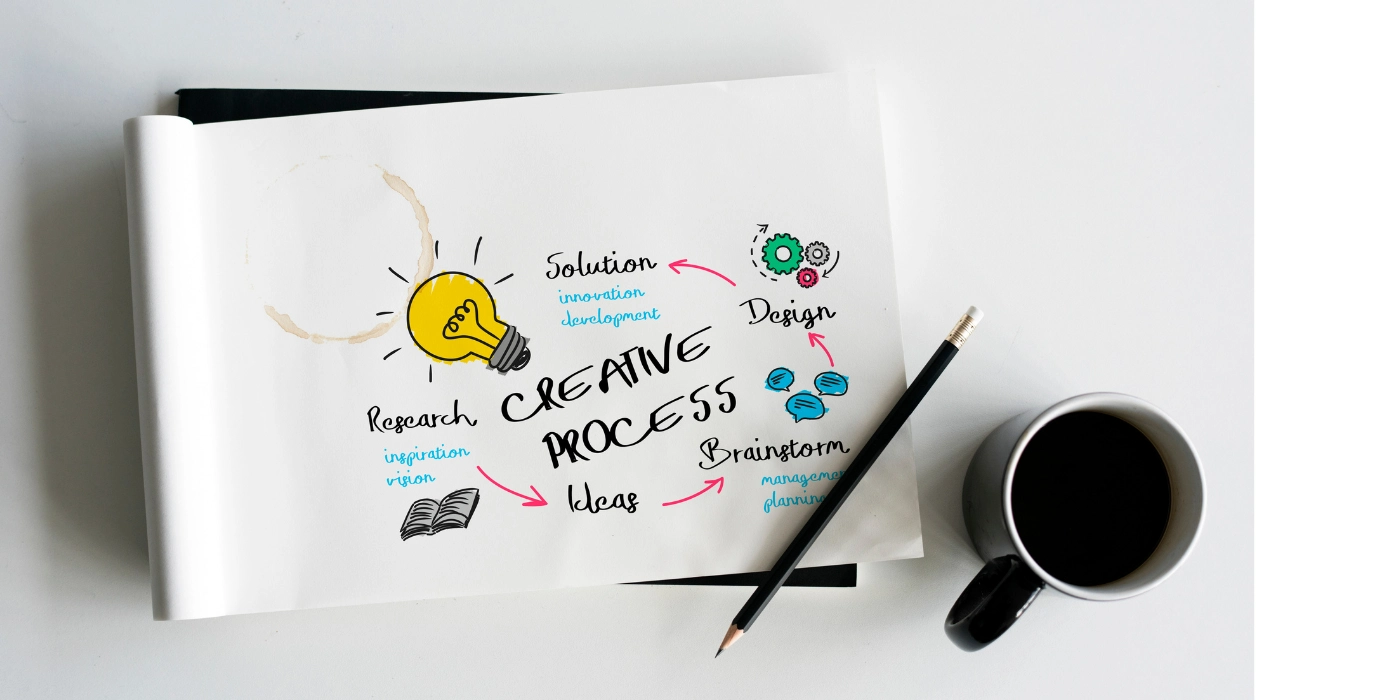Tools and techniques to ensure the success of app UX
23 Nov 2021 | Ar-Technology

UX is a technical term that defines the emotional reaction of the app user to the comfort and usage of the app. From the developer’s point, it’s how a product or app is created with quality content and design for user-friendly interaction with users.
When the app is finally launched in the market, the potential app users express their experience through reviews and comments. But this reaction on how is the user experience of your app is a bit delayed. For this purpose, it is recommended to try out the below-mentioned well-defined parameters that measure the success of the app’s user experience UX much before its launch.
User definition communicates what the user expects from the app and what lures them to explore/download the app. Few lines of user definition should be well conceptualized and valued by both the app publisher and user. Valuable app definition attracts valuable app users.
Good user flow is very much essential to ensure that the user experience created by the app is phenomenal. Management of user flow is a bit tedious in the case of applications where there are over one-time app users. In the case of more than one kind of app user, the actions of one user type can conflict with that of the other.
Launching an MVP or prototype of an app before the final launch is very much essential to ensure that the app UX is a success. With MVP launch, feedback is received at a very early stage and rectifications or changes are implemented in the app. This saves the app publisher from unnecessary expenses and on-time execution of change.
Task success rate= Number of successful attempts divided by the total number of attempts
It is a widely accepted UX metric. It helps to ensure the success rate of app UX with a well-defined success rate and goals.
Task completion time means the average amount of time taken by the app user to complete a certain task on the app. If the time to complete an activity is more, it hints about the concerns related to app UX. For the proper calculation of task completion time, one needs to evaluate the:
Retention rate refers to the continued usage of the app over time. To measure the retention rate, there should be well-defined goals, actions, and activities that need to be considered for use. Retention rate refers to the prolonged usage of a product.
Error rate means the number of wrong entries made by the user to accomplish a certain goal/task. An increased error rate means there is an issue with the easy usage of the app.
Satisfaction of the customer on the usage of the app can be measured by means of:
Heuristics refer to the pre-defined rules and standards set over a span of time to identify the shortcomings in the app UX. Some of the heuristic evaluation components are user control, responsiveness, simplicity, linguistic clarity, interpretation, and many more.
Acquisition Activation Retention Referral Revenue framework helps to evaluate if the efforts put in to derive UX results are effective or not.
The acquisition means how do the potential users reach the app. This is where the marketing fundamentals play their role. The app publisher can attract potential consumers via social media, SEO techniques, direct marketing, e-mails or even paid ads. Thereafter Google analytics tools like PPS, e-mail, referral, or more. The data enables the research and comparison of the result with that of the competitors.
Activation means the measurement of the initial experience of the user with the app. Whether the user keeps the app even after initial 3-5 days of download or not. If there is a feature of in-app purchase, does the user initiate the purchase or not.
Retention is the measure of the number of times the new user visits or uses the app. Does he subscribe to any new attribute or not?
The referral is the measure of the number of times the app user has referred the app to his known people for a try.
Revenue is the measurement of the extent to which the planned revenues are generated through an app. Are the users making in-app purchases?
In this framework, although all the components are the same as above, the retention feature is given priority over acquisition.
CX= NPS + CSAT
CX= Customer experience
CSAT= Customer satisfaction
NPS= Net promoter score
CX score is directly proportional to customer acquisition and retention. The effectiveness, emotion, and ease of the customer are the components of CX, whereas retention, enrichment, and advocacy are the components of customer loyalty.
HEART was developed by Google in 2016, to measure the success potential of the premium design services in-app. It can be expressed as Happiness Engagement Adoption Retention and Task
The measure and assurance of a good app user interface (UX) are essential to measure the success rate of the ever-evolving app. Well-proclaimed web design and development Canada agencies like Aveo Software balance the efforts to manage the creative and technological aspects of the app and ensure its high retention rate. Or else, even your latest app launch will be drained in the bucket of multiple apps with low UX levels.
Consumers today are too quick to accept or reject any product launched or available in the market. Therefore, your app should be able to create an impression within the initial three days of its launch or else it will see the darkness even before the entire world notices it.